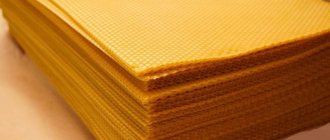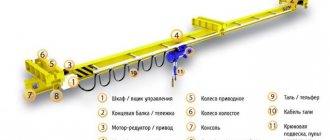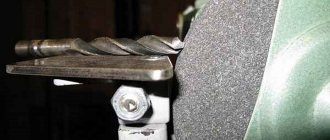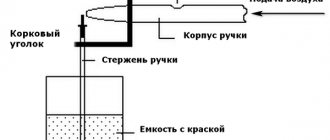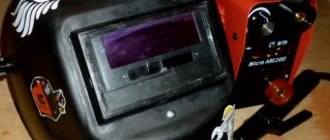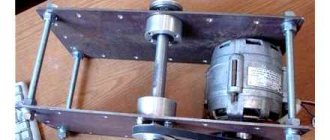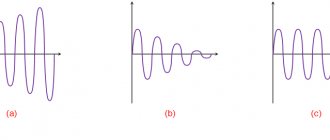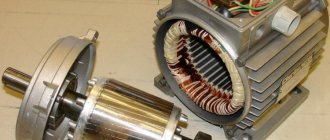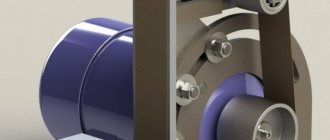It is quite possible to make a facing material such as ceramic tiles with your own hands. Making ceramics at home can be done using plastic and silicone molds. They are sold in a fairly wide range in gardening and construction stores.
Modern housing cannot be imagined without tiled cladding. And ceramics, made and painted with your own hands, will become a real decoration in kitchens, bathrooms, and even as a decorative element in rooms. For those who are not afraid to make the required amount of ceramics themselves, the technique of making such a coating at home comes to the rescue.
Decorative tiles can also be made to look like stone. Any type of natural stone can be imitated. Such material will resemble its natural analogue as realistically as possible. How to make tiles that imitate stone yourself? In the simplest version, gypsum powder is used for this with the addition of fillers and dyes, which form a unique pattern for each finished product. But it won't be ceramics.
Making ceramics with your own hands is a hobby for refined natures
Ceramic vases, pots, tea sets, candlesticks, plates, whistles and even musical instruments - you can create all this yourself.
What is ceramics made from and where to get materials for work
Ceramics is fired clay, which is the main material in the work of a ceramist. Unlike polymer clay, natural clay is of natural origin; it is extracted from the depths of the earth without being subjected to chemical or other types of processing.
Experienced craftsmen, in order to save money, extract and prepare raw materials themselves. This process involves several stages and is unlikely to deserve attention if you are just starting out and live in the city.
Clay for making ceramics must be greasy and free of pebbles and other debris, otherwise the craft will crack during baking. The finished mass is stored under certain humidity conditions.
Natural clay comes in different types :
Clays for ceramics are also classified according to processing temperature into low-melting, medium-melting, and refractory.
It is most convenient to buy ready-made pottery clay, focusing on the fraction size, color after firing at different temperatures and other characteristics and quality indicators. The cost depends on the manufacturer, packaging, texture. There are ready-made masses with additives for various tasks - modeling, molding, potter's wheel.
In addition to clay, you need glazes and enamels to coat products, pigments to give hand-made ceramics the desired shade, special additives to improve properties and heat treatment.
To glue the parts together, a slip mass - a kind of glue made from diluted clay. If you simply connect the elements, they may fall off when heated. All this is sold in specialized stores for ceramists.
Methods for making ceramic products
There are several ways to transform clay into a beautiful ceramic product.
Modeling is the most affordable way to make ceramic products with your own hands at home. Souvenirs, sculptures, dishes, toys or other crafts are sculpted by hand, as if from plasticine, helping themselves with special stacks or improvised devices.
Pottery making requires a turning wheel. With the help of this ancient craft, vases, jugs, pots, plates, and cups are still created today.
Knocking is the easiest option for making ceramics for beginners. The work uses a plaster mold, into which soft clay is placed, and after hardening, the figured product is removed. Plaster molds are attractive because they absorb excess moisture, helping the clay product to harden and dry.
Casting – molds are also used here, but of a different type. The diluted clay is poured into molds, the blanks are dried, removed and painted.
Clay crafts gain strength only after firing - processing in pottery kilns at temperatures from 900 to 1300 degrees. Finished souvenirs are coated with acrylic paints or a special glassy glaze for ceramics. In the case of glazes, another firing is required after coloring.
If you want to get a natural shade, use milking - cover an unpainted baked ceramic figurine with milk in several layers and bake again at lower temperatures.
Pottery kiln - types and preferences
Previously, kilns for firing ceramics were furnaces dug in the ground and heated exclusively with wood. Modern pottery kilns come in gas, electric and wood. The latter, as a rule, are made by hand and are suitable for use in private households. In apartment conditions, it is most convenient to work with electric ovens; for larger volumes, you can choose a gas oven.
The metal body of such furnaces contains a refractory brick or other material that retains heat and is not afraid of heat. Ventilation holes are provided to remove moisture; the ceramic firing process is controlled by a program controller. Electric pottery kilns are not a cheap pleasure. The price depends on the manufacturer, volume, power.
There are models with vertical and horizontal loading and bell-type ones on sale. According to the type of location of the heating element, pottery kilns are divided into muffle and chamber kilns. In muffle systems it is located around a container made of refractory material (muffle). In chamber heaters, the heater is located inside, which reduces heat loss and makes the equipment more economical.
With a little effort, you can make a kiln for firing ceramics at home with your own hands, using refractory bricks and something for the body, for example, an old washing machine.
Baking is the most important process that does not forgive mistakes. Sometimes even experienced craftsmen see a worthless defect instead of the expected masterpiece. The products are never taken out immediately; they must cool in the oven.
How to choose a pottery wheel
Pottery wheels are needed for sculpting round objects, so you don’t have to buy this tool right away. If you are just learning ceramics, start with sculpting or kneading. Circles come with manual, foot and electric control.
The latter are the most convenient and practical; they are most often purchased by ceramists who make ceramics at home. It takes several hours to learn how to operate an electric circle. It will take several months to master a manually operated tool.
When choosing a potter's wheel, it is important to pay attention to the type of motor :
Modifications differ in the diameter of the faceplate, its rotation speed, engine power, and equipment dimensions. The price also depends on the manufacturer.
What to use for firing
Some skeptics argue that it is impossible to reach temperatures close to 1000°C in domestic conditions. But for the manufacture of ceramics, 900°C may well be sufficient. And this value can be provided by a muffle furnace.
For biscuit firing, the temperature should be from 850°C. It is then that the remaining moisture evaporates from the tile and it becomes finely porous, like a biscuit.
You can stop at this stage if the tiles are intended to be laid on the floor. After this firing, the tile becomes quite hard and strong. When creating wall tiles with your own hands, when you want to get a tile cladding with a smooth surface that imitates natural stone or some kind of pattern, additional processing will be required. Ceramics that have gone through one stage of firing without glaze are called terracotta. If it is necessary to obtain majolica, then a second firing of the ceramics will be required to form the glaze coating.
My Top 5 Tools for Clay Carving
I’ve been planning to write a big post for a long time about the tools that I use in my work, but I, as you know, take a very long time to harness. I will definitely make a post like this later, I’ll give my teeth to cutting off (c), but for now I want to write about the five most beloved, most battle-tested and time-tested and most popular tools for cutting out ornaments, textures and other “carved” works on clay.
1. Round loop. Purchased from St. Petersburg "Keramists". Although, to be honest, there are two of them, a larger one and a smaller one, but if you take both, you won’t get the top 5. They are indispensable when making beads with very large holes, when processing the edge of a “bead” hole, and also if I have a whim to make ceramic “caps” for beads - they are very convenient for removing excess clay in order to make a cavity in the cap. Well, of course, textures are also cut for her. 2. Stichel-corner for linocut. He is already two years old, if not three. This was once a breakthrough. Before that, I only worked with wood pencils, and then I received this linocut cutter from the Riga polymer master Liva Rudzite - it turned out to be much thinner and sharper, it was possible to make more graphic lines, and from that day to today it has been used for ornaments on mugs and beads: geometric patterns with it come out just right.
5. And this is the same wood stencil from my very first tools. It turns out that they have been with me for more than five years. I am often asked where to buy these. I saw them in artist supply stores and in art supplies like “Leonardo”, but I just took mine from my dad. In the photo there is a semicircular one, the smallest of the four semicircular gravers, and it is with this that almost all the beads of the “happiness_kinesthetics” series are made, except for those , on which the texture is larger. 6. And this. it's just drying. They are number six in the post under the heading “top 5”, because I am so logical that a horse, a chair, twenty-eight. They were lying on the table of my colleague in the workshop where I took these photographs. The dryers fit perfectly into the photo shoot of the last dishes and decided to stay for the shooting of the tools. The dryers also look like beads with a large hole, and are also a collective image of any buns that are a great help in your work. Because it’s very difficult to sit on a tiny, skinny butt for hours and cut out hundreds of beads.
And that’s all about “clay carving”, thank you for your attention!
